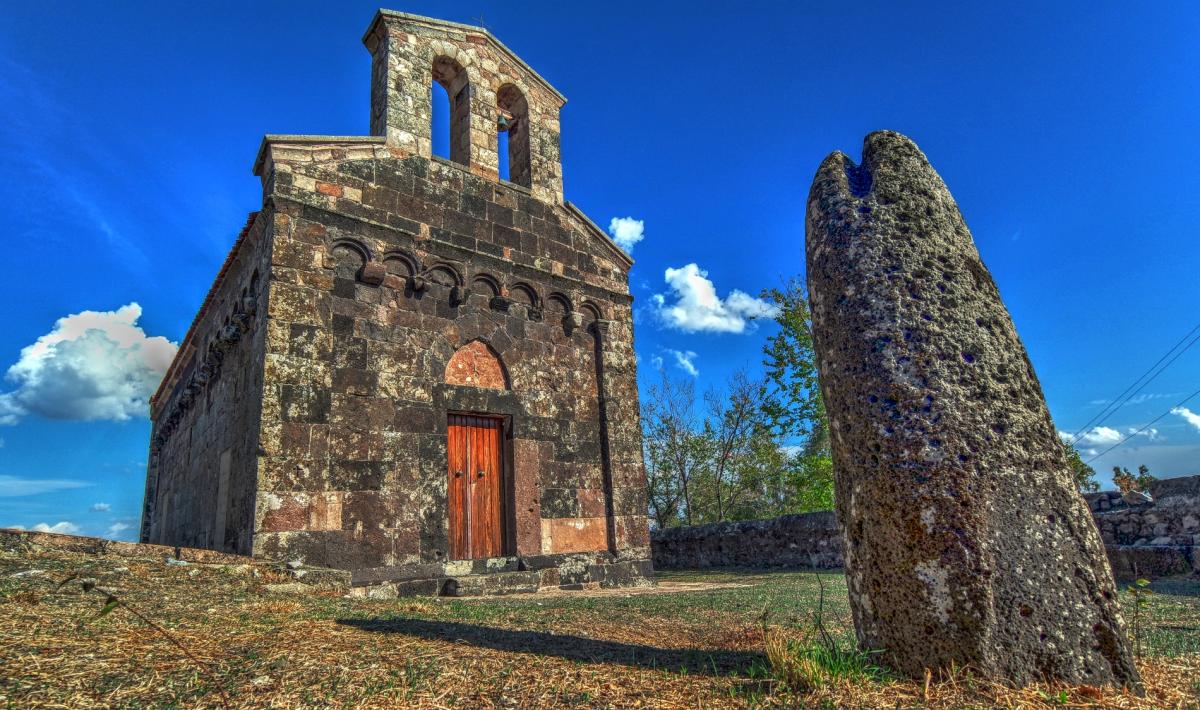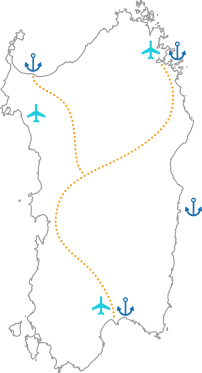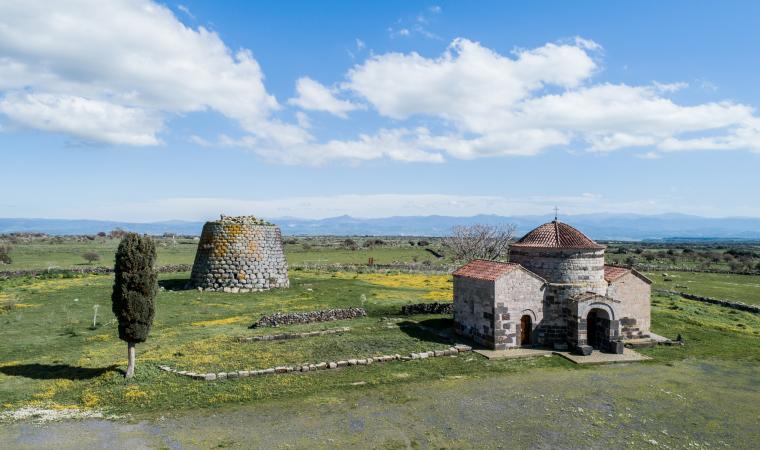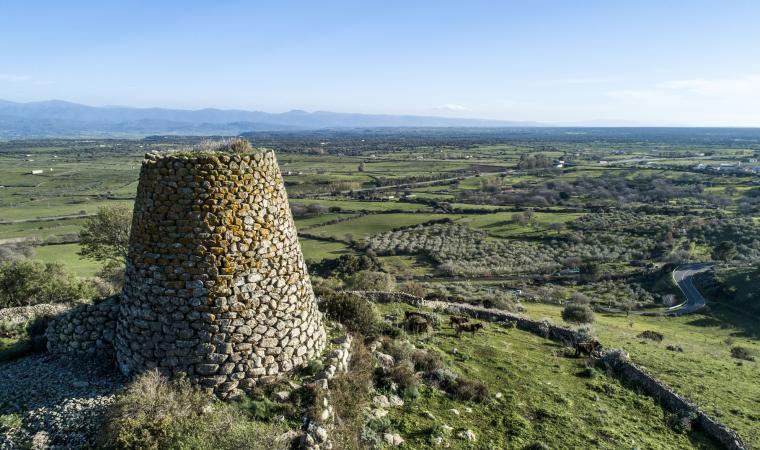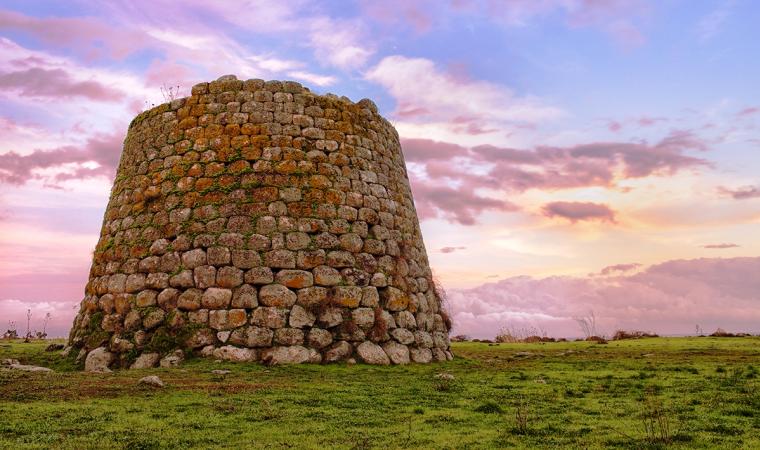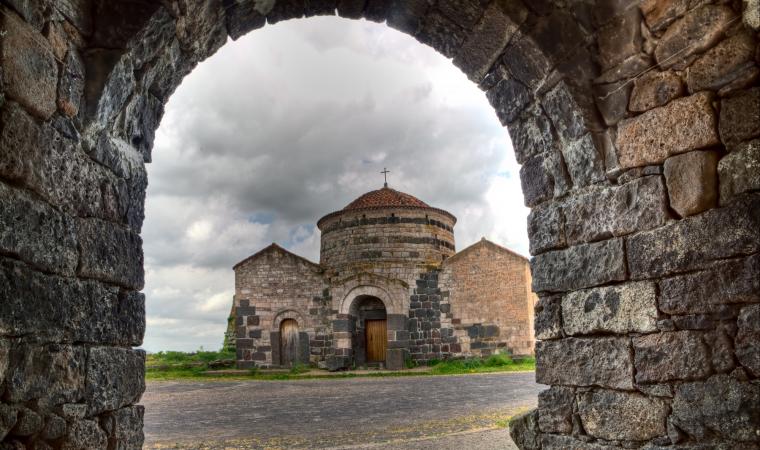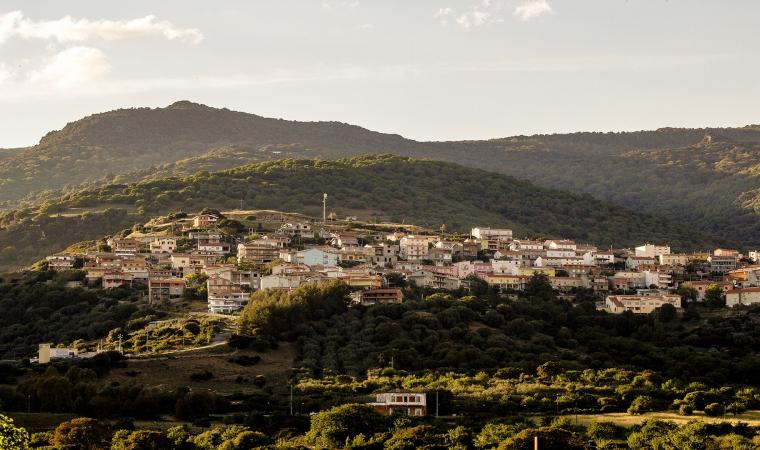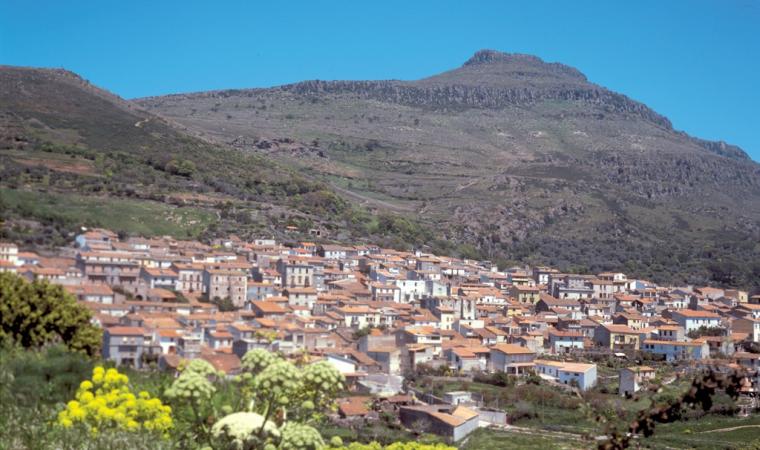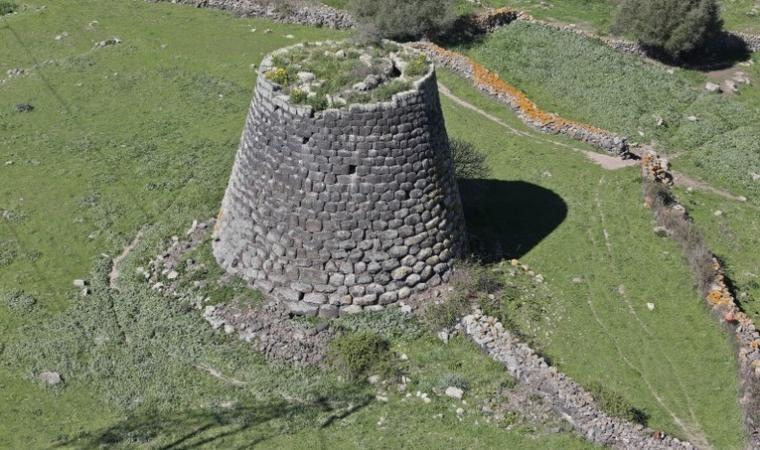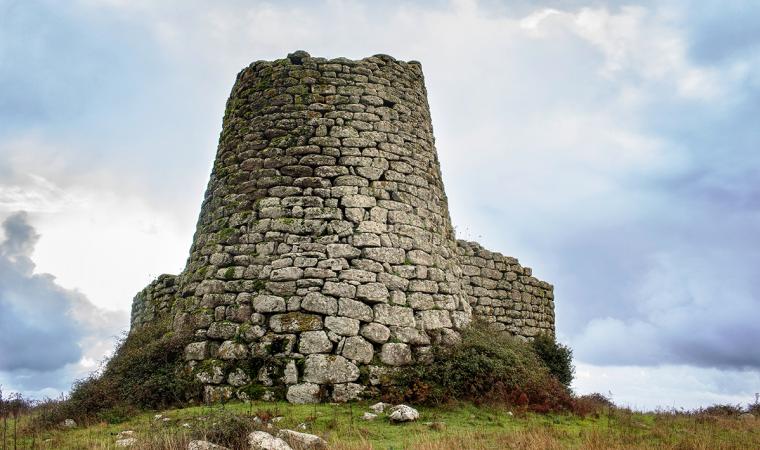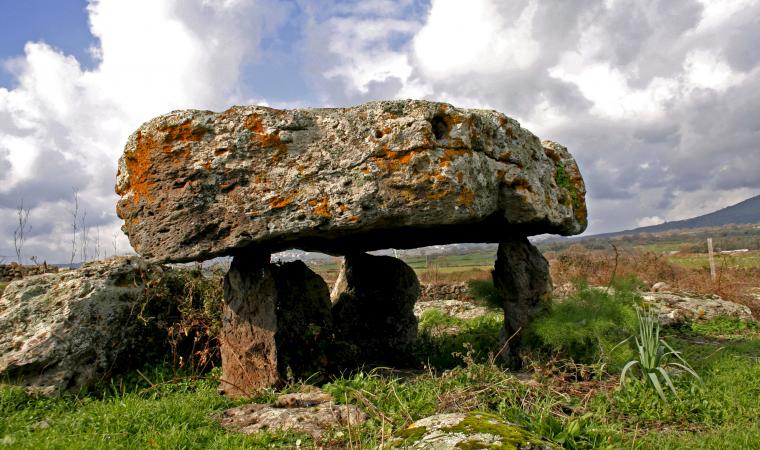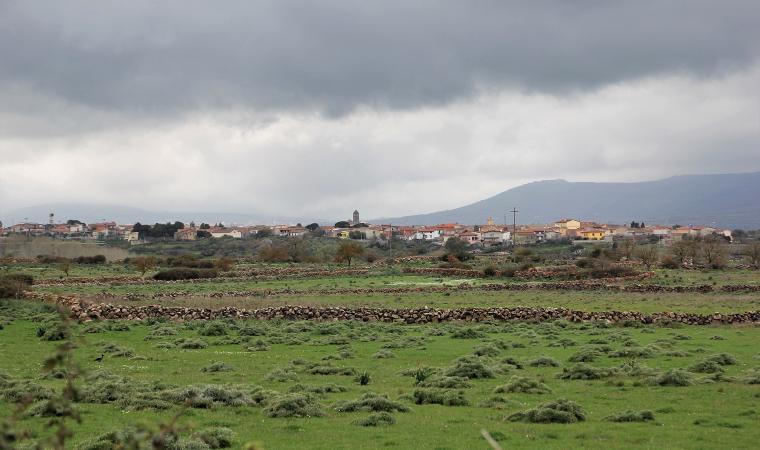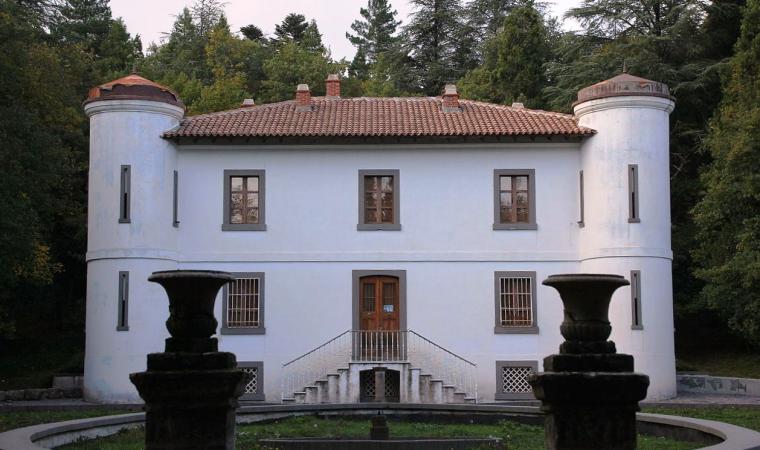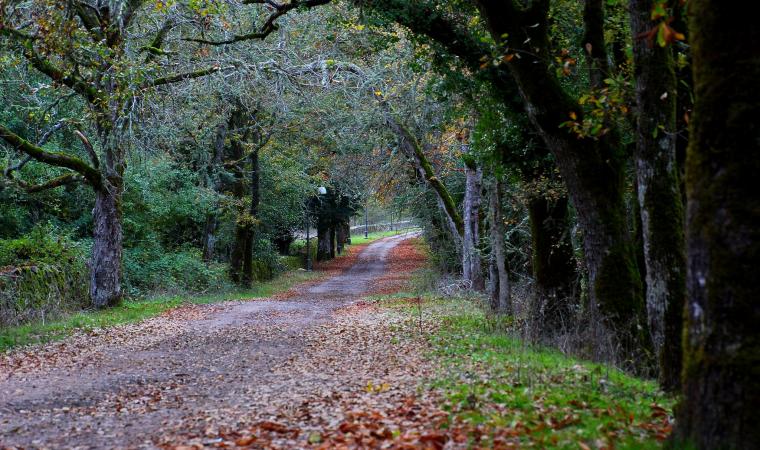It is only seemingly simple, with a single nave, typical Romanesque decorations and a bell gable. In reality, it contains ancient paintings and unusual decorations, as well as religious symbols from a Nuragic tomb. The church of San Lorenzo stands on a small hill in the northwestern outskirts of Silanus, surrounded by a tree-lined courtyard. It was built around 1150, probably by the Cistercian monks from the abbey of Santa Maria di Corte in Sindia.
The building has a single nave with a rectangular layout and a semicircular apse facing east. Inside it, there are traces of frescoes created around the first half of the 13th century, with images of saints and bishops. The portrayal of Saint Christopher, with his legs immersed in a river, stands out. You will also be surprised by the animal, plant and human-faced figures that appear in the hanging arches running along the perimeter of the church.
On the façade, you will see a portal, above which there is an architrave with a pointed relieving arch. The façade is divided horizontally by a ledge that delimits the pediment. Above it, there is a bell gable with two openings, while between the corner pilasters there is a series of double-ring arches, resting on corbels sculpted with different motifs. On the sixth one, you will notice the head of a bull. The roof is trussed, while the lighting is provided by single-lancet windows with embrasures on the sides and by a cross-shaped window just above the apse.
The church comes alive in the first half of August with the festival in honour of the saint to whom the church is dedicated, preceded by a novena during which gosos, heart rending devotional songs, are sung. The procession is preceded by the bandelas, horsemen with banners, followed by a parade in traditional dress with groups from all over the Island. There is no shortage of music, dance and evenings dedicated to poetry.
In the garden around the sanctuary there are five baetyls. For a long time, it was thought that they came from the Giants’ Tomb of s’Abbaia, not far from the nuraghe Corbos; now, however, there is a shared opinion that the origin should be sought in the Nuragic tomb of sa Pedra Longa. The baetyls have male and female characteristics and it is thought that they represent deities that protect the deceased.
Silanus is an open-air archaeological museum: in its territory there are about fifteen Giants’ Tombs, almost thirty 30 nuraghi, Domus de Janas and su Cherchizzu, which is one of the smallest well temples. Nearby, there is the captivating complex of Santa Sabina, with a church, of Byzantine origin, in front of the nuraghe of the same name. Not far away, there are two Giants’ Tombs. Further significant evidence of the Bronze Age is the nuraghe Orolio (or Madrone). Only the keep still remains, where you can still see the perfectly-preserved tholos roof of the rooms.

